1. Srinivasa Ramanujan (1887-1920) was a self-taught mathematical genius from India, who died at age 32. Which famous English mathematician nurtured Ramanujan and collaborated with him when he moved to England?
From Quiz What If: Scientists Who Died Too Young
Answer:
G. H. Hardy
Ramanujan showed an early aptitude in mathematics, but failed to achieve a university degree in India due to his disinterest in other subjects. He was employed as a clerk in Madras, but gained a reputation in Indian mathematical circles. At their suggestion he sent drafts of his work to famous British mathematicians. Most rejected the papers as typical amateur mistakes, but G.H Hardy recognized the genius in these papers and invited him to England.
Ramanujan left for England at age 26 and worked with Hardy for five years. He struggled with many of the aspects of his new home, cultural differences, weather, and food. He returned to India and died shortly thereafter from a disease thought to be related to earlier bouts of dysentery.
Though he had almost no formal training in pure mathematics, he made substantial contributions to mathematical analysis, number theory, infinite series, and continued fractions, including solutions to mathematical problems then considered unsolvable. Many of his ideas have generated avenues of research for nearly a century.
One of his famous results was his answer to Hardy, who rode in a taxicab numbered 1729, and commented what a boring number that 1729 was. Ramanujan replied that it was not, and 1729 was the smallest number that was the sum of two different pairs of cubes (1 cubed + 12 cubed and 9 cubed + 10 cubed).
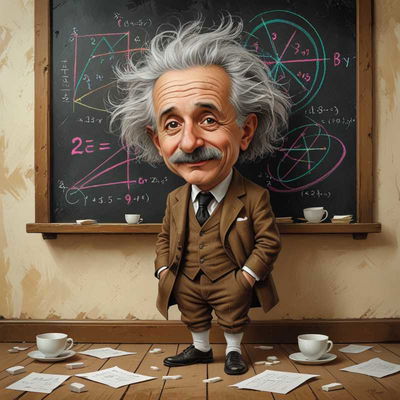 Well, the scientific world of artificial intelligence may have created these 'masterpieces,' but they likely don't qualify as art. Are they good enough to depict the scientists as I described? You decide.
Well, the scientific world of artificial intelligence may have created these 'masterpieces,' but they likely don't qualify as art. Are they good enough to depict the scientists as I described? You decide.  Well, the scientific world of artificial intelligence may have created these 'masterpieces,' but they likely don't qualify as art. Are they good enough to depict the scientists as I described? You decide.
Well, the scientific world of artificial intelligence may have created these 'masterpieces,' but they likely don't qualify as art. Are they good enough to depict the scientists as I described? You decide. 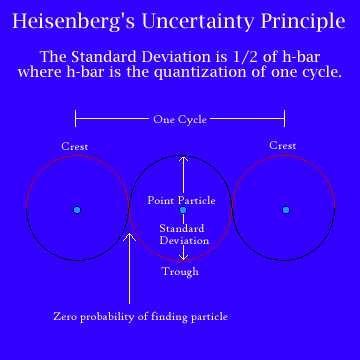 Since ancient times, physicists have been in pursuit of the knowledge that will lead to greater understanding of how things work in the natural world. Can you identify the following physicists from the clues given?
Since ancient times, physicists have been in pursuit of the knowledge that will lead to greater understanding of how things work in the natural world. Can you identify the following physicists from the clues given? 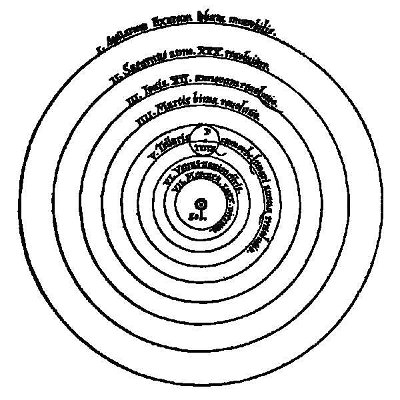 Beginning in the sixteenth century, the Scientific Revolution ushered in a new age that subsequently led to many discoveries. Can you identify these revolutionary scientists from the clues given?
Beginning in the sixteenth century, the Scientific Revolution ushered in a new age that subsequently led to many discoveries. Can you identify these revolutionary scientists from the clues given? 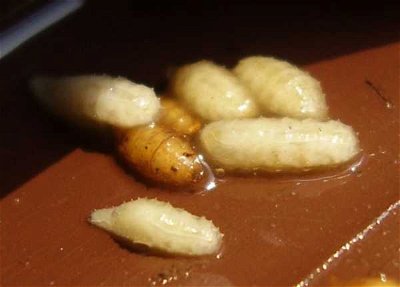 Throughout history, women have made important contributions in the field of science. See if you can answer these questions concerning the work of some very impressive female scientists.
Throughout history, women have made important contributions in the field of science. See if you can answer these questions concerning the work of some very impressive female scientists.  Quick Question
Quick Question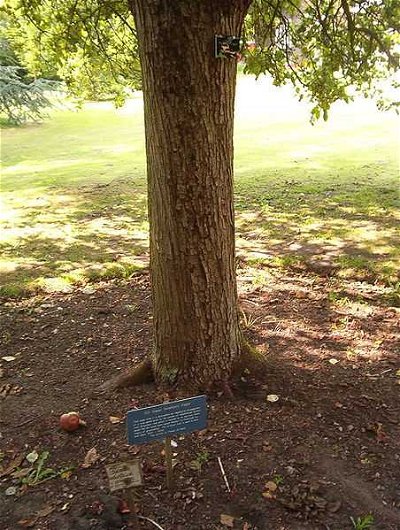 From the clues given, can you identify these scientists, considered to be among the greatest the world has ever known?
From the clues given, can you identify these scientists, considered to be among the greatest the world has ever known? 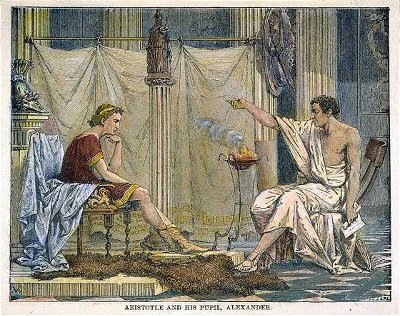 Isaac Newton wrote, "If I have seen further it is by standing on the shoulders of giants". Some believe the comment was an attack on an opponent. However, it may have been a statement of modesty. To which scientific giants might Newton have referred?
Isaac Newton wrote, "If I have seen further it is by standing on the shoulders of giants". Some believe the comment was an attack on an opponent. However, it may have been a statement of modesty. To which scientific giants might Newton have referred? 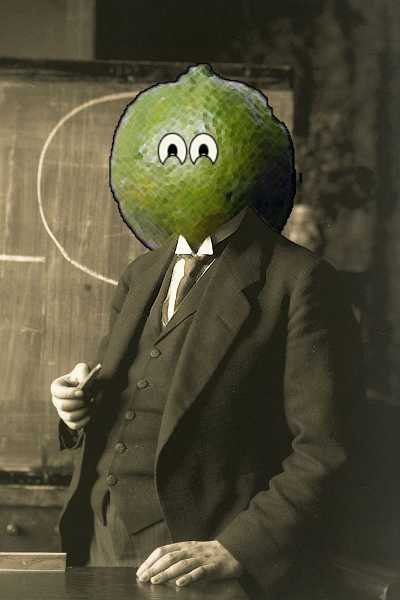 What on EARTH could this quiz be about? Exactly what the title suggests! All these scientists have had their heads altered in this fruity themed quiz. Talk about picking your brain!
What on EARTH could this quiz be about? Exactly what the title suggests! All these scientists have had their heads altered in this fruity themed quiz. Talk about picking your brain!  = Top 5% Rated Quiz,
= Top 5% Rated Quiz,
 Top 10% Rated Quiz,
Top 10% Rated Quiz,
 Top 20% Rated Quiz,
Top 20% Rated Quiz,
 A Well Rated Quiz
A Well Rated Quiz